Community: The Secret to Stopping Deforestation in Guatemala
The forest concessions of the Maya Biosphere Reserve have boasted a near-zero deforestation rate for 20 years.... Continue Reading
Home / Issues / Forests & Biodiversity / Deforestation / Page 4
Tropical forests absorb more carbon than any other kind of forest. They also provide shelter, food, and livelihoods to millions of Indigenous and local people, while housing two-thirds of the world’s biodiversity. But we are losing them at an alarming pace (mostly to agriculture): In 2019, we lost a football pitch of tropical forest every six seconds. Stopping deforestation and forest degradation in the tropics is critical to the survival of humanity.
This page features information about the Rainforest Alliance's work to stop tropical deforestation and links to all our related content and resources.
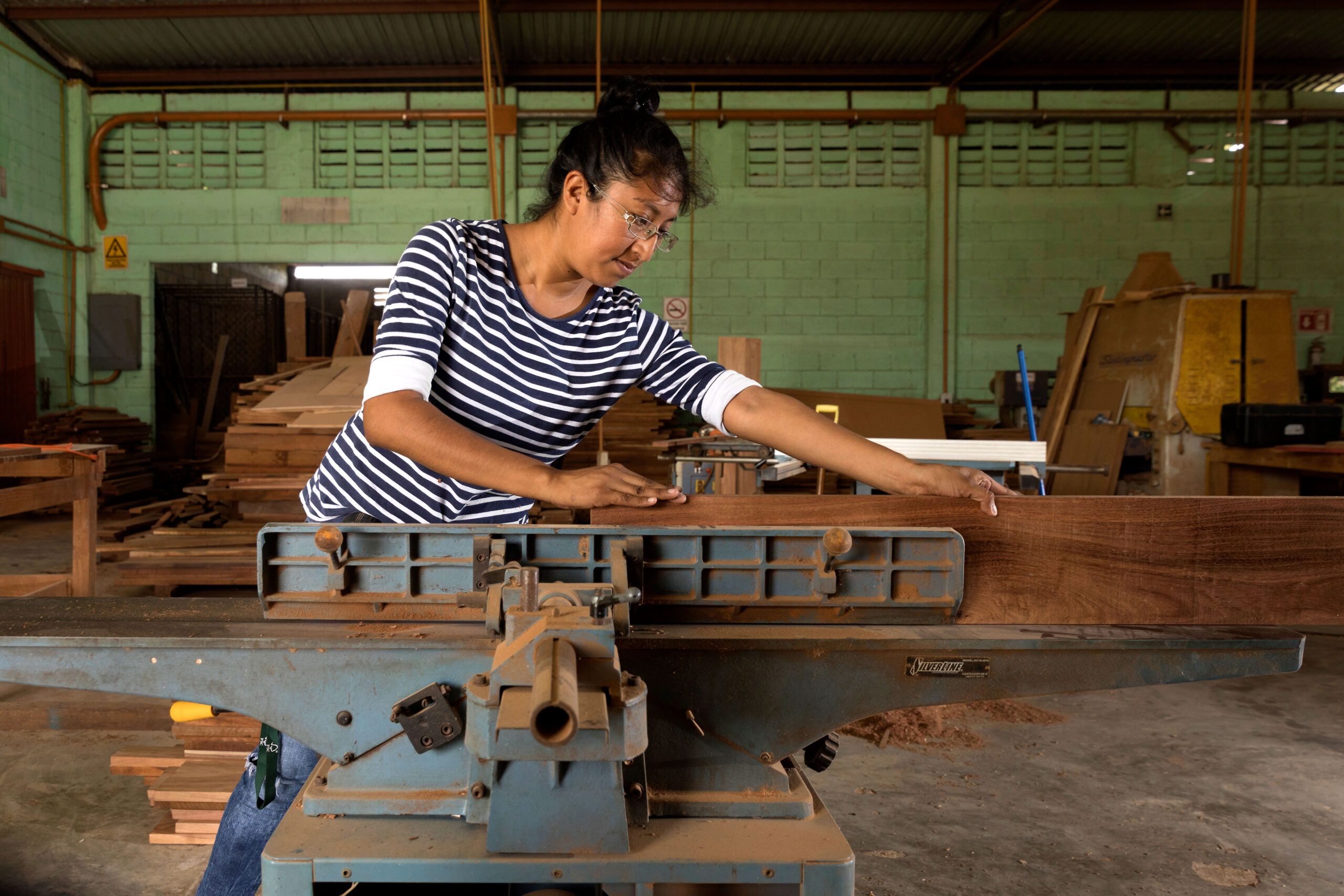
Stopping deforestation in the tropics has been at the heart of the Rainforest Alliance’s mission since its founding more than 35 years ago. Working with companies, civil society organizations, and local governments—all while centering the voices of the rural communities we partner with—we promote community forestry and regenerative agriculture throughout the tropics. Our decades of experience have demonstrated that these are the most effective strategies to keep forests standing and restore biodiversity.
This paper outlines our principles and strategies for stopping deforestation (and other forms of ecosystem conversion) in vulnerable tropical regions.
Learn how joining our Forest Allies community of practice will help your company have a greater impact on forests.
World Resources Institute (WRI) estimates the extent to which seven commodities—oil palm, soy, cattle, plantation wood fiber, cocoa, coffee, and plantation rubber—are replacing forests, and maps their impacts.
This Rights and Resources Initiative report examines the potential of community rights-based conservation to prevent biodiversity collapse.
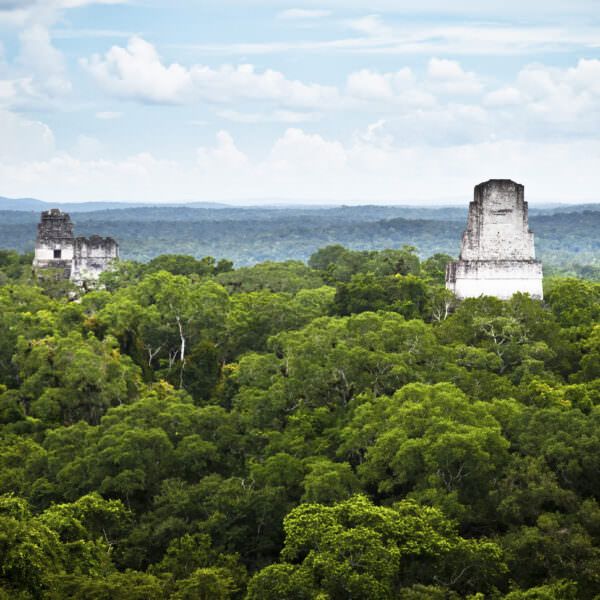
The forest concessions of the Maya Biosphere Reserve have boasted a near-zero deforestation rate for 20 years.... Continue Reading
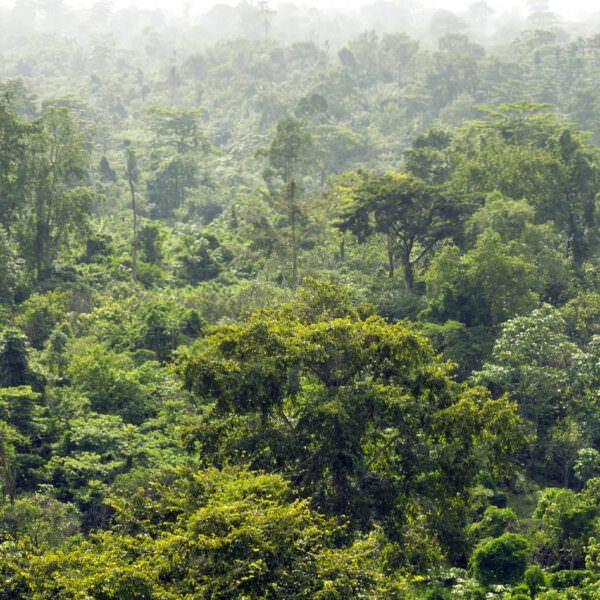
Community-led landscape management is the best long-term solution to environmental and social challenges.... Continue Reading
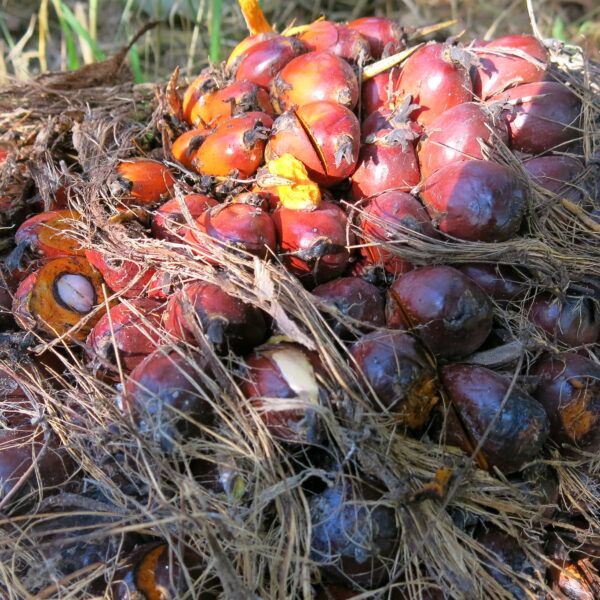
Since 2018, the Rainforest Alliance has been working in the Sintang District of West Kalimantan to promote an Integrated Landscape Management approach around oil palm and natural rubber production.... Continue Reading
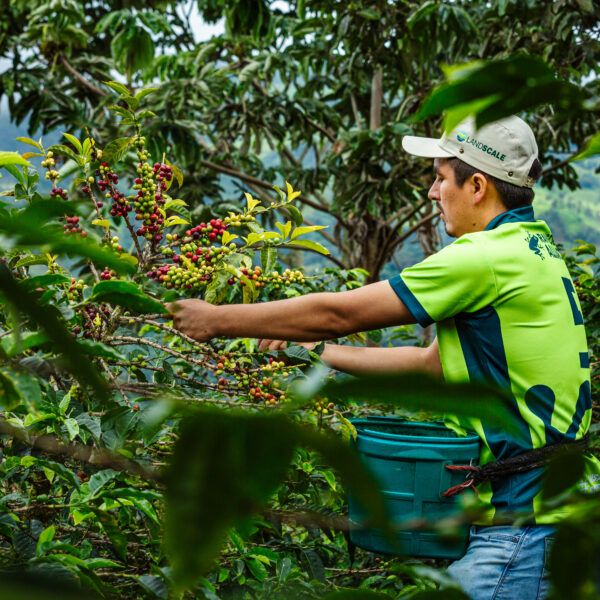
Through this initiative, the Rainforest Alliance will work with several organizations to address global environmental challenges associated with commodity-driven deforestation in some of the world’s most important tropical ecosystems and sourcing regions.... Continue Reading
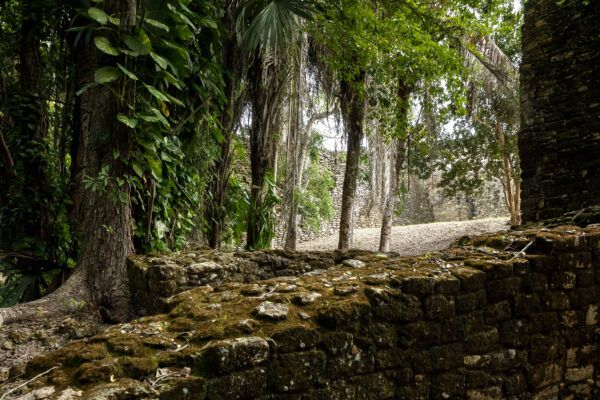
The Rainforest Alliance has developed a comprehensive approach to helping your company achieve deforestation-free supply chains and protect the world’s forests. ... Continue Reading
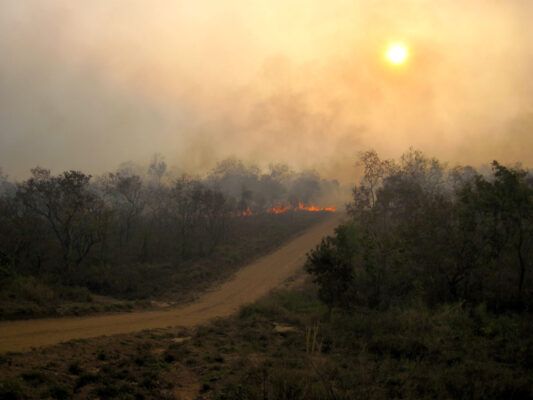
Protecting forests is at the heart of the Rainforest Alliance’s mission, which is why our interventions work to prevent forest fires in precious tropical landscapes.... Continue Reading

Brazil, Indonesia, and DR Congo have now formed a tripartite alliance aimed at better preserving tropical rainforests amid the worsening global climate emergency.

Chocolate is a treat beloved across the world. But how much do we know about our favorite guilty pleasure’s environmental impacts?

A new joint report outlines the critical steps companies need to take to assess and address deforestation risks.
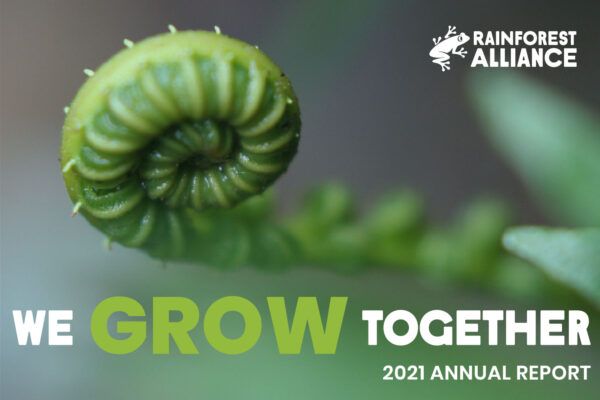
Explore the Rainforest Alliance 2021 Annual Report! Inside you’ll meet the farmers, forest communities, businesses, and individuals who are working with us to create a world where people and nature thrive together.